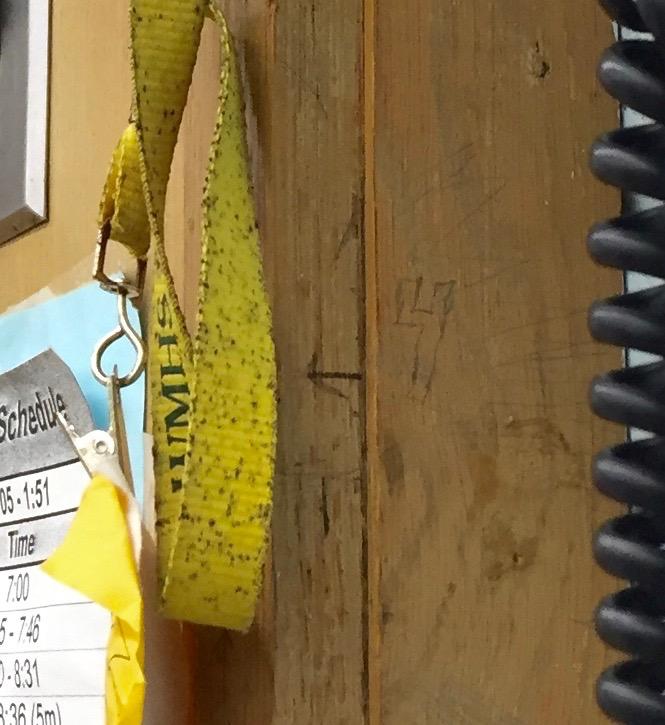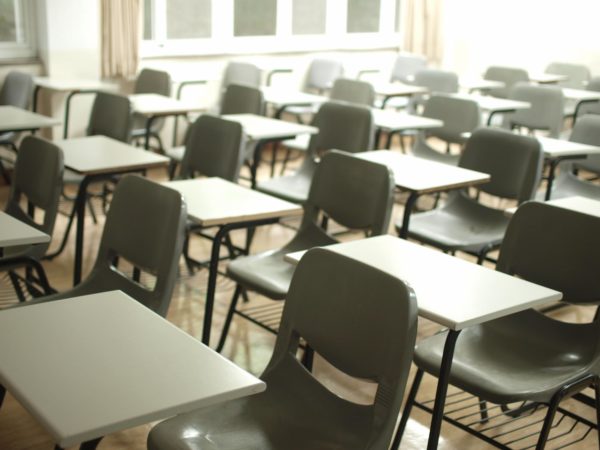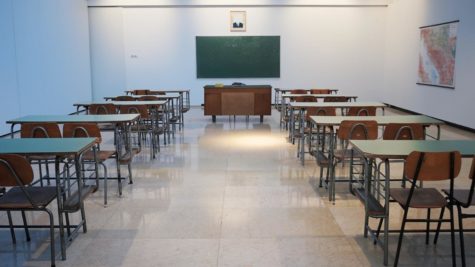Ward Melville Bathrooms: They’re Gross
August 11, 2016
There are many reasons that people dread the start of the school year. For me, it’s the bathrooms. As a self-proclaimed germaphobe, I shudder at the thought of once again being relegated to the student bathrooms. From bad sinks to empty soap dispensers, the bathrooms are a mess.
The Center for Disease Control states that hand hygiene is key to preventing the spread of diseases. Hands should be washed with soap and water for at least twenty seconds. The front and back of the hands need to be scrubbed, in addition to between the fingers and under the nails. From what I’ve seen, the majority of students don’t come close to twenty seconds when washing their hands. Some students struggle to operate the poorly functioning sinks and become frustrated with near-empty soap dispensers. Others are in too much of a rush to make it to their next class. Many people just don’t care. Whatever the reason is, the fact remains that students aren’t effectively cleaning their hands. A more efficient bathroom system could solve this issue.
First, the bathroom passes. These are just a piece of rope that are exposed to students’ half-washed hands countless times a day. Teachers are required to carry them around, so they end up in contact with teachers’ hands. Teachers touch everyone’s papers. Sally’s trip to the bathroom just spread to everyone’s math test. Students already have to sign into the bathrooms when they get there. It’s high time to retire the germ-infested bathroom passes.
Our school sinks are equipped with knobs that must be pressed down to generate water flow. As a result of poor design or damage, these knobs are difficult to use. They must be pressed down continuously, which makes the whole process unsanitary. After rinsing one hand, the other hand must be rinsed which requires the now-clean hand to push on the knob and be exposed to an unclean surface again.
The solution to this unsanitary design is not an electronic faucet. The Johns Hopkins School of Medicine found that as a result of the complex plumbing found in hands-free electronic faucets, there was more room for bacteria to grow. The bacteria can wash out of the pipes and land on hands. The simpler plumbing of manual faucets minimizes this issue.
Another issue I’ve encountered is empty soap dispensers. The manual dispensers are more cost-effective and longer lasting than automatic dispensers. But they need to be filled more frequently.
On the bright side, our school bathrooms use foaming hand soap. Compared to traditional liquid soap, foaming hand soap is better for the environment: it requires less water to rinse off and produces less chemical waste per use. Foaming hand soap is also better for the building’s plumbing network because it is less likely to clog drains. While there are some aspects of the school bathrooms that need fixing, the foaming hand soap isn’t one of them.
Germs are more easily transmitted by wet hands. Yet, the warm-air hand dryers in our bathrooms don’t dry our hands well. Most people end up wiping their still-damp hands on their clothes, creating another moist surface. Even worse, the Journal of Applied Microbiology found that hand dryers can actually send germs on people’s hands into the air and onto surrounding objects. Fortunately, the amount of germs blasted into the air is unlikely to cause illness. The silver lining is that hand dryers are much more environmentally friendly than paper towels.
To our school administration: please fix the bathrooms. A little ventilation in the bathrooms wouldn’t hurt either.












